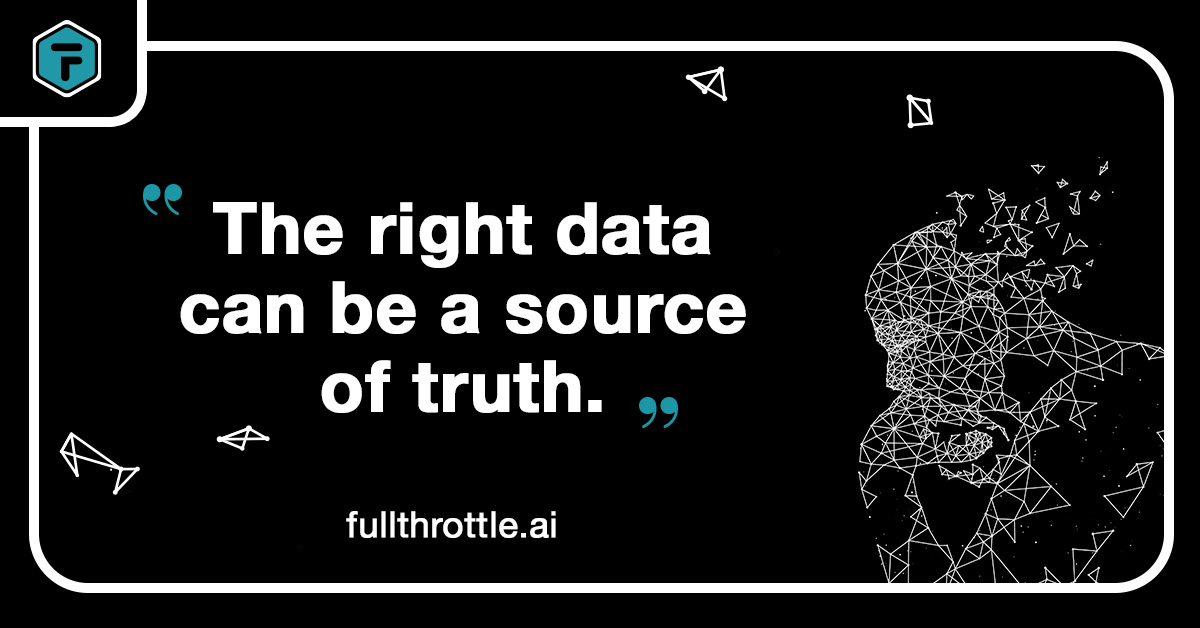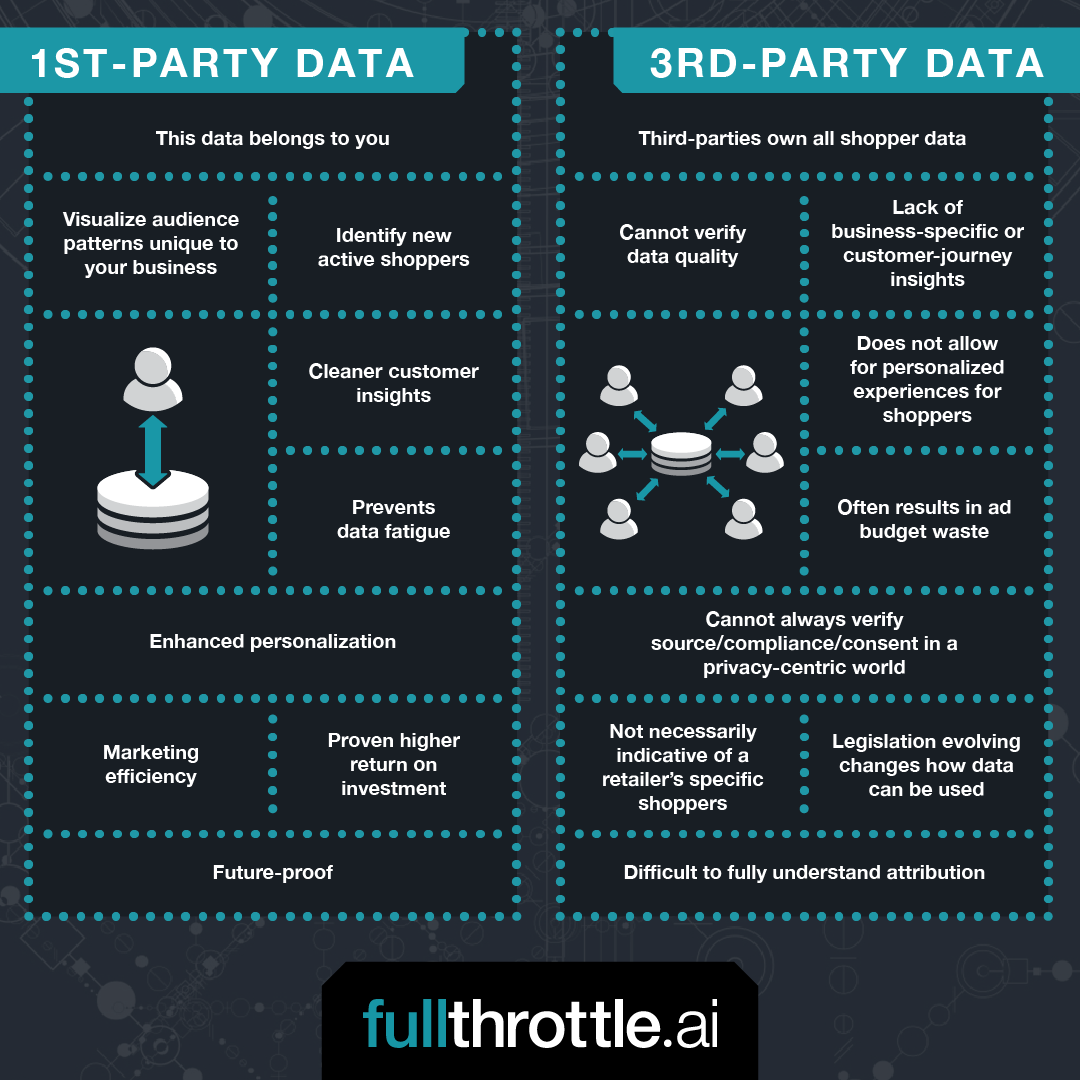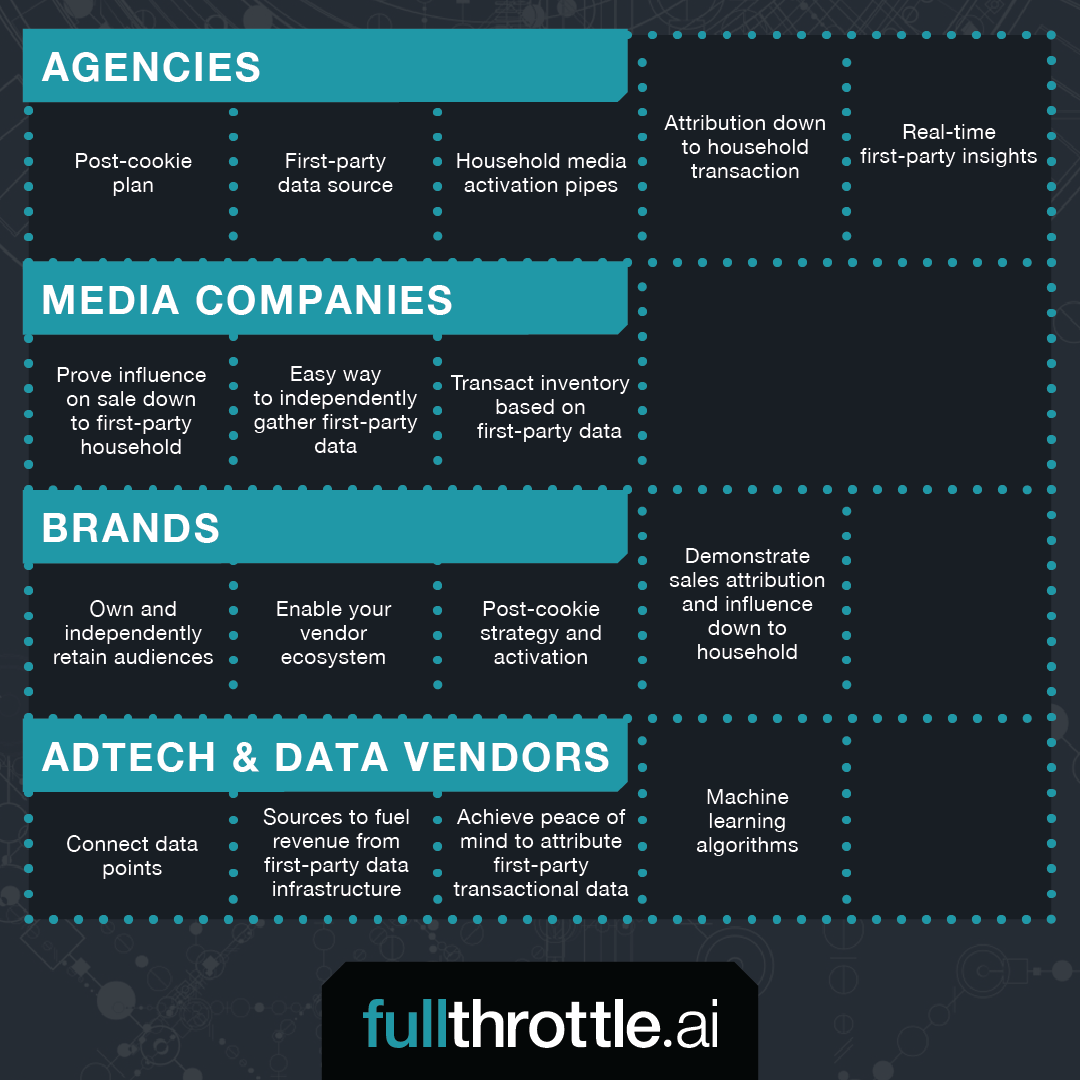
Navigating Zero-Party, First-Party, Second-Party, and Third-Party Data
Data is the best way to tailor your customers’ experiences and create engaging content they will want to interact with. Data tells you who your customers are, what they like, what they are actively shopping for, and their trends.
The right data can be a source of truth. It is important to understand the difference between the different data sets — they all have their unique qualities and traits.
Quick Summary
First-party data is information collected directly from your consumers or your audience.
Second-party data is first-party data shared by a trusted source, usually industry specialists.
Third-party data is information bought from a data aggregator, which was collected through various means.
Zero-party data is information gathered directly from the consumer in exchange for something they benefit from. While it has been defined this way, it essentially belongs to the first-party data box — it’s a subset and a way to get more info from an engaged CDP.

First-Party Data
While relatively easy to gather, first-party data is hard to collect at scale. This is where FullThrottle excels — delivering and transforming new first-party data.
You likely already have some first-party data. This can include customer information within your CRM (or any type of customer management platform), form-fill conversions, transaction histories, direct communications, completed surveys, and website interactions.
This is all information given with consent and holds higher accuracy than third-party data, which can be unreliable and often from unknown sources.
The best part about first-party data – it belongs to you! No one can take that away. It is yours to use and activate.
Double-Clicking into Zero-Party Data: A Subset of 1st party
Our VP of Product, Lou DiGiacomo, wrote it best in his article, “Add Collecting Zero-Party Data to your 2022 Marketing Plan”.
“The best way to collect zero-party data is by creating value for the consumer.”
Zero-party data is first-party data collected by different methods. Both are given with explicit consent, however, zero-party data is given in exchange for something the consumer wants, such as a coupon or customization. For example, if you are looking to buy a new mattress, how many websites have you visited, where you filled out a quiz to determine which mattress is right for you?
The info you provided will ultimately give you a better experience, since they now know how they can better serve you.
Second-Party Data
In order to be considered second-party data, it must be collected from a trusted source. You would need a strong relationship with industry specialists to validate the quality of the data.
Second-party data is basically first-party data, collected by someone else. Ideally, this outside source is collecting the data in a privacy-first manner. Since you have a mutually beneficial partnership with this source, you are able to verify this.
This data set is handy as the demise of third-party cookies approaches, however, it’s still not data you truly own.
Third-Party Data
Third-party data is under immense scrutiny. Although it once was the most commonly used data, people are now realizing the issues that come with its quick accessibility.
Third-party data is generally bought from a data aggregator and is sold in large quantities. It does not give you specific insight into the consumer — an overview of interests or demographics the consumer potentially has.
This data set is collected through third-party cookies and stored in a DMP (data management platform) before being sold in segments. In most cases, the information received is inaccurate. It’s not timely and it’s very expensive. Additionally, if you depend on another business for your data, you have to play by their rules and changes as they occur.
In a world where options are changing — and changing frequently — wouldn’t you want to control your data, where it’s coming from, and how it’s used?
Demise of Third-Party Cookies
In late 2023, Google will be ending support for third-party cookies. As a result, third party data will become increasingly more difficult to obtain and the already poor quality of the data will only get worse.
Safari and Firefox already have cookies blocked by default, with Chrome being the last major browser standing. Once the axe has been lowered, companies will need to lean more into their first-party data.
However, as mentioned earlier, first-party data is currently in a famine. This is why you need a cookieless, solution to collect future-proof data at scale.
Privacy Laws
On top of third-party cookies making their exit, privacy laws will become increasingly stricter. With the CCPA (the California Consumer Privacy Act), brands will need to be explicit as to how they are using consumers’ information and requiring opt-in. Although the CCPA is a Californian law, more states will be joining this movement.
Consumer trust has been broken. It’s time for us to find new ways to mend that trust and connect with our customer base.
Collect First-Party & Zero-Party Data at Scale
As you lean into your first-party data strategies, take advantage of the information you already have. However, the information within your customer management tool is limited. Imagine if you knew the number of people simply visiting your website.
On average, only 3% of your website visitors leave your site having given you their information. Imagine the scale of data you’d have with the other 97%.
At FullThrottle, we help convert cookie audiences into real, household-based audiences. Essentially, we take what were originally programmatic audiences and convert that into first-party data, simply by identifying your website visitors. All of it is opt-in to respect the user's privacy.
By determining those visitors already interested in your product or service, it takes the guesswork out and you don’t have wasted ad spend on consumers who only might be interested.
What if you’re an Agency, Media Company, Brand, or Adtech/Data Vendor?
FullThrottle helps agencies, media companies, brands, and adtech & data vendors in multiple ways:

We have a cookieless plan for everyone! Our proprietary, patented technology was created to future-proof your business.
To see FullThrottle in action, schedule your demo here today!

